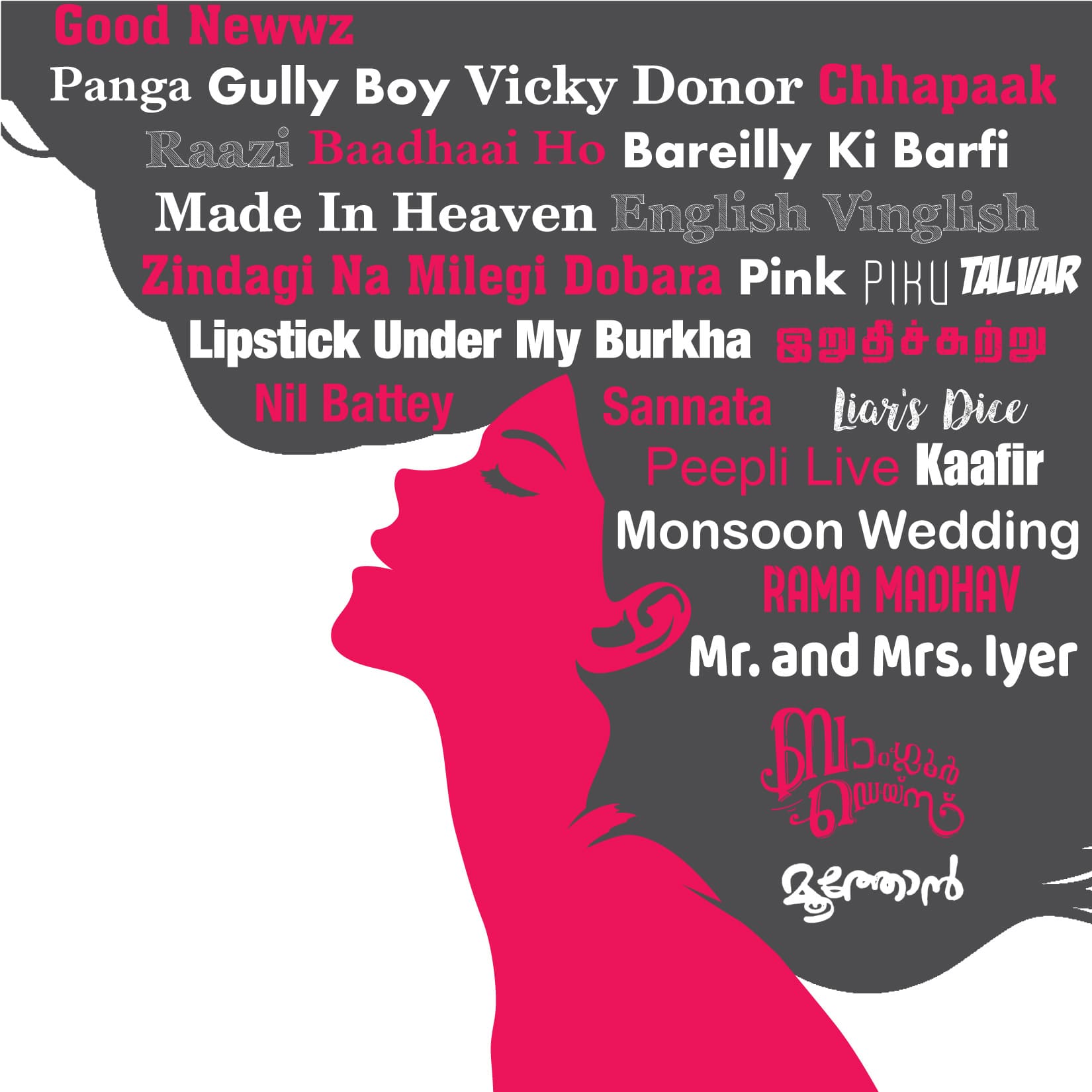Contrary to misperception, female-driven content is commercially viable and profitable. Yes, it’s a well-kept secret that increased opportunities for women filmmakers also result in sound revenue. Female driven/female-centric content in India has not only succeeded in the strong portrayal of women, but has also done well at the box office, recently.
And with the advent of OTT media, which is poised to touch $5 billion in revenue and 40-50 million paying subscribers in India alone by 2023, women can bring the much needed fresh perspective demanded by the ever growing number of paying subscribers.
Since content is the only driving force for Indian subscribers, when subscribing to multiple OTT services, fresh and original perspectives in our shows and films, will be vital to grow the subscriber base. The more original content options & fresh perspectives we provide to consumers, the happier they will be to pay.
This new and refreshing content would also serve the ever-increasing percentage of global audience and subscribers, who are watching shows from around the world, including a large Indian diaspora settled in international markets. These stories will help platforms in capturing significant mindshare among the AVoD and SVoD markets.
Hence, it’s a win-win situation to provide women an equal platform and equal access, and to use the soft power of media to make the world a better place!

The success rate of women writers-directors in % terms outshines their male
counterparts by 70:40*
*Based on the data of 61 Hindi films of scale released in 2018,
where women directors outshone men by 75:49 and senior women writers outshone men by 70:45.

It’s no secret that gender diversity lags behind glaringly, in film-making. Even though there are a lot of women who go to film school in India or are assisting established directors, there is not enough female representation in cinema, either as writers, directors or showrunners.
The gender ratio in India’s film industry stands at 6.2 males to every female. Only 1 in 10 film directors in India are women. And less than 2 in 10 writers are women.*
Is half of India an untapped audience?
The fact is that a sizeable percentage of young girls and women want films and shows to fairly portray women in stories, is widely acknowledged. And why not?
Today, streaming, universally, is gender balanced, or sometimes has a skew towards women.
It really is time to fill this big void in programming, as stories are currently told primarily through the male viewpoint.
*Data courtesy: Gender in Media report by Geena Davis Institute.
FEMALE-DRIVEN STORIES ARE RAPIDLY MAKING THEIR WAY INTO
THE AUDIENCE’S HEART
has made commitment to #HeForShe, the global solidarity campaign for the advancement of gender equality, initiated by UN.